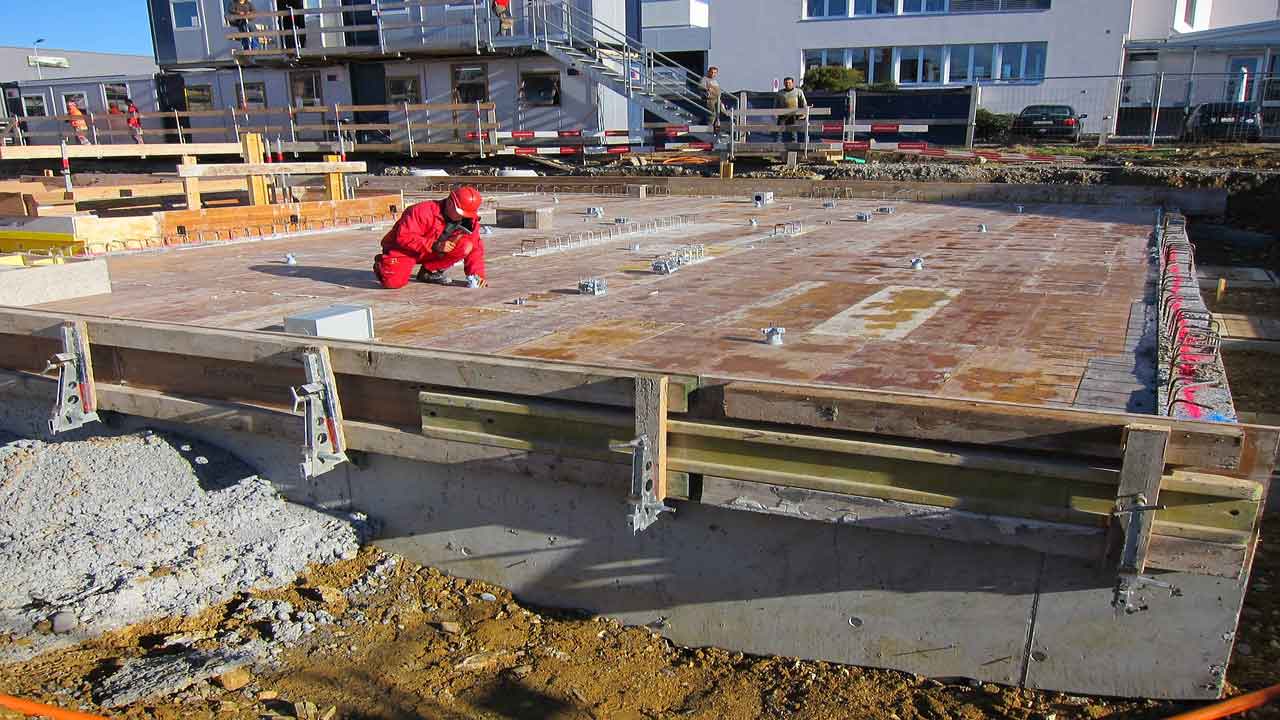Construction projects often involve various safety, security, and logistical challenges that must be addressed to ensure the site is appropriately contained and controlled.
Temporary barriers are crucial in meeting these challenges, providing physical protection and defined boundaries. Choosing the proper barrier from small-scale works to significant construction endeavours can significantly enhance safety, security, and project efficiency.
Here are five practical temporary barriers used in construction and their critical applications, advantages, and potential challenges.
High-Visibility Mesh Barrier
Mesh barriers offer a versatile and lightweight solution for demarcating areas within a construction site. Typically constructed from durable plastic or polyethene materials, they are brightly coloured—usually orange or yellow—for maximum visibility. This safety mesh barrier is often seen where clear visual boundaries are needed, but security is not the primary concern.
Mesh barriers are beneficial for short-term projects or sections of a site that aim to keep people out of restricted areas. Their flexibility makes them ideal for marking pedestrian pathways or warning of potential hazards without requiring permanent fencing or more costly options.
While it’s an easy and cost-effective solution, a mesh barrier offers minimal security. It won’t stop intruders or contain heavier equipment, so it is most suited to low-risk areas where visibility and warning are the primary focus.
Durable Chain Link Fencing
Chain link fencing is a step up from mesh barriers. It provides a solid, reliable structure while allowing visibility through the fence. Its metal construction makes it ideal for securing construction sites, keeping out trespassers, and protecting the area from theft or vandalism.
This type of fencing is commonly seen around more significant construction sites, particularly when more than essential crowd control is needed. Chain link fencing is easy to install and can cover extensive perimeters. It maintains the site’s visibility, allowing easy monitoring and oversight without compromising security.
Despite its sturdiness, chain-link fencing does have some limitations. It may be vulnerable to cutting or other tampering, and while it can prevent casual trespassing, it may not provide the highest level of security. Adding barbed wire or alarms can boost its effectiveness.
Reinforced Barbed Wire Fencing
Reinforced barbed wire fencing offers a formidable deterrent against unauthorised access for construction projects where security is paramount. Often used in conjunction with chain link or panel fencing, barbed wire adds an extra layer of protection by making it physically dangerous for intruders to climb over or tamper with the fence.
Barbed wire fencing is beneficial in high-risk areas or when expensive equipment and materials need to be safeguarded. Its effectiveness lies in the physical barrier it creates and the psychological deterrent it presents. Potential trespassers are much less likely to attempt entry when faced with the sharp, pointed wire.
However, there are downsides to consider. Barbed wire fencing must be carefully handled to avoid injury, especially when it is placed near public walkways or areas with high pedestrian traffic. Ensuring it complies with safety regulations is essential, and it’s crucial to weigh the risks and benefits before implementing this solution.
Modular Panel Fencing
Panel fencing is a highly adaptable option for construction projects that require more robust and semi-permanent boundaries. It consists of individual steel or aluminium panels that can be quickly installed and moved as needed, making it a popular choice for projects that may change in scope or location over time.
One key advantage of panel fencing is its modularity. Panels can be configured in various ways to suit the site’s needs. Whether used for large-scale perimeters or smaller sections that need to be cordoned off, the flexibility of panel fencing is unmatched. Its sturdy build makes it more effective than mesh barrier or chain link fencing for keeping unauthorised individuals out of the site.
However, panel fencing comes with higher upfront costs than other temporary barriers. While the investment pays off in durability and reusability, it may not always be the most cost-effective solution for shorter projects. Transporting and assembling the panels also requires more resources than lighter barriers.
Heavy-Duty Jersey Barricades
Often made from concrete or plastic, Jersey barricades are highly effective barriers for controlling pedestrian and vehicle access in and around construction zones. Frequently used in roadworks and infrastructure projects, they are designed to protect workers and create a clear division between work areas and active roadways.
Plastic versions of Jersey barricades can be filled with water to provide stability, making them easier to transport and deploy than their concrete counterparts. They protect against vehicle impact, creating a solid physical barrier that keeps traffic away from dangerous areas.
Despite their effectiveness, Jersey barricades can be cumbersome to handle. The concrete versions are heavy and require specialised equipment for installation and removal, while even the plastic ones, when filled, can be difficult to reposition. These barriers are typically best suited for projects requiring a long-term, heavy-duty solution.
Takeaway
When choosing temporary barriers, it’s essential to assess both the security needs and the nature of the project. While some barriers provide more flexibility, others offer a higher level of protection but at a more significant cost. These five temporary barriers offer a range of solutions to suit any construction project, helping ensure that your site remains safe, secure, and efficient throughout its duration.
